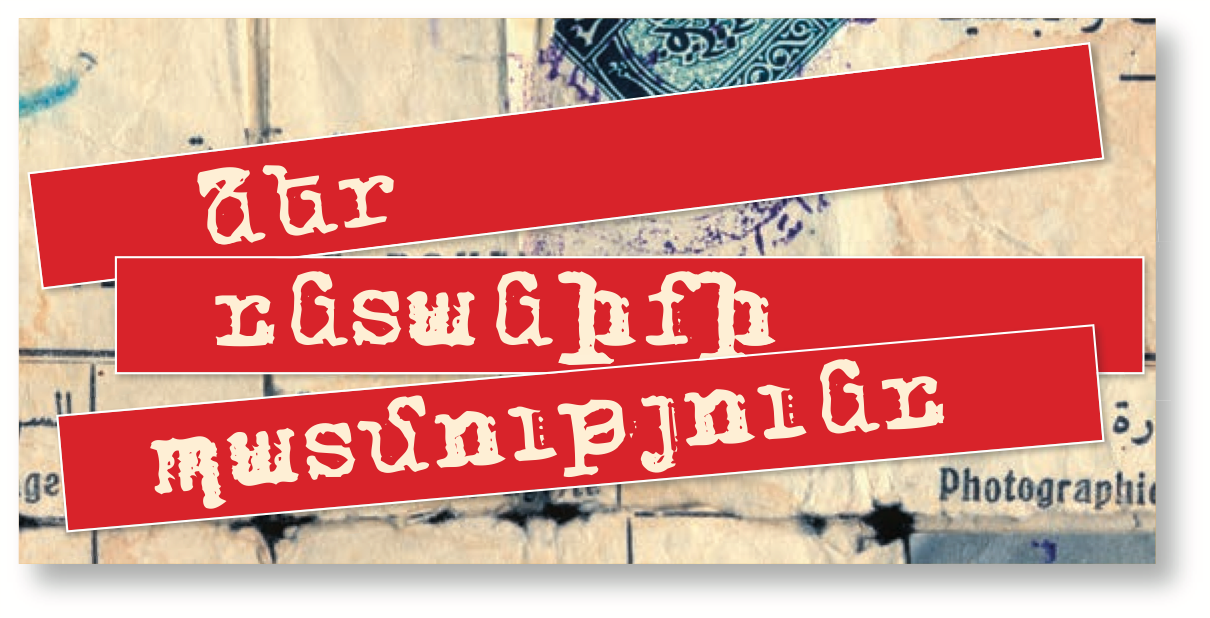1921-36
Shore of Salvation
The Soviet Socialist Republic of Armenia, a mere 10% of the historic Armenian homeland and not the birthplace for many Armenians then scattered globally, attracted many Armenian Genocide survivors. It was a territory with political boundaries and a functioning state apparatus.
The First World War has just ended. All the states involved in that conflagration were now experiencing post-war crises. Given these conditions, it was next to impossible for Armenian refugees to find a comfortable life (work food and shelter) on foreign shores. Numerous letters kept at Armenia’s National Archive attests top this. The authors of these letters regarded moving to Soviet Armenia as the “only and chief palliative” that would provide “work to thousands of laborers even if payment was in the form of a morsel of dry bread.”
For those who had found temporary refuge in foreign countries, the uprooted facing numerous social, economic and political hardships, Soviet Armenia was seen as a shore of salvation, a place where one could find psychical safety and the minimum required to restart one’s life. Petitioning the authorities of Armenia, the refugees demanded the chance to ‘repatriate’, arguing that only then would they be saved “from certain and real death, that is famine and cruelty,disaster given current conditions.”
Armenia itself faced unfavorable socio-economic conditions, pestilence and famine, but it could not turn away fellow Armenians who had fallen victim to persecution and massacre. Soviet Armenia also had the need to prove that that only safe haven for Armenians were the slopes of Ararat. Thus, despite all odds, repatriation became a reality.
From 1921 to 1936, 42,000 individuals moved to Soviet Armenia from Mesopotamia, Turkey, Iran, Syria, France, Greece and Bulgaria.





